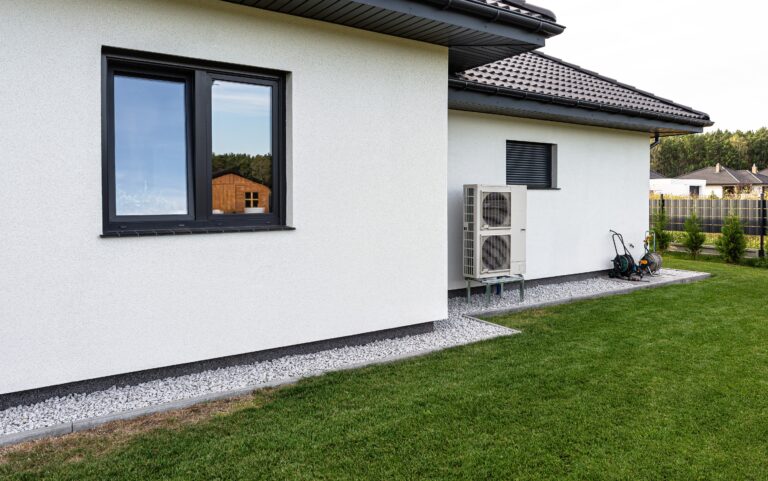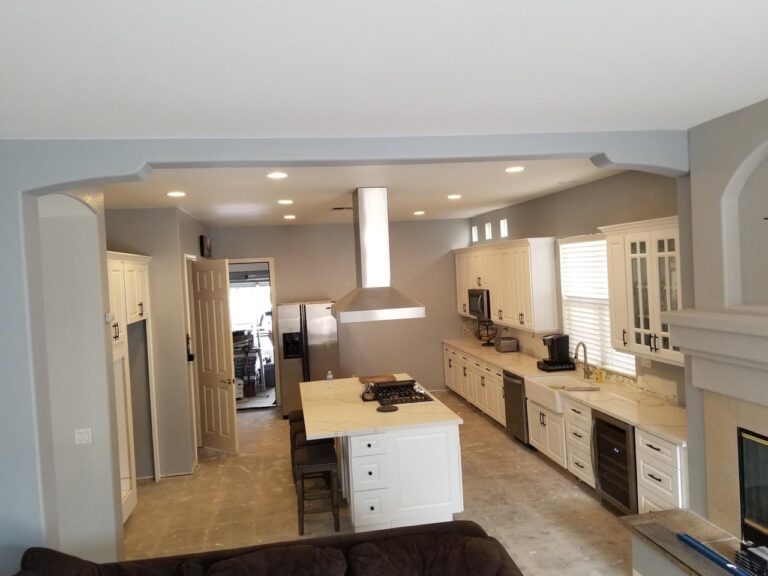Is your attic hatch letting valuable air escape? Many homeowners in West Covina focus on walls and ceilings when upgrading insulation, but often overlook one critical area: the attic hatch or door. Even a small gap can allow heat, cold, and moisture to move freely, sabotaging your energy efficiency.
Improper attic door insulation not only wastes energy but also impacts indoor comfort and HVAC performance. In this blog, we’ll explore the top attic hatch sealing tips and insulation strategies tailored for homes in West Covina. Whether you’re upgrading your insulation system or fine-tuning your attic access, this guide will help you seal leaks, reduce bills, and maintain year-round comfort.
Why Attic Door Insulation Matters in West Covina
Attic hatches and pull-down stairs often lack proper insulation or air sealing. These access points can act like open windows, allowing air to pass between your home and attic.
Why it matters in West Covina:
- Hot summers make attic spaces unbearably warm
- Leaky hatches increase your cooling costs
- Insulation gaps impact energy performance
- Humid air infiltration leads to mold risk
Addressing this small area can have a big impact on your overall insulation performance. It’s one of the most overlooked insulation upgrades CA homeowners should prioritize.
Read more about Roofing and Insulation
Common Signs Your Attic Door Is Leaking Air
Not sure if your attic door or hatch needs attention? Watch for these signs of poor insulation:
- Drafts around the attic entrance
- Uneven temperatures between floors
- Visible gaps or warped framing
- High energy bills despite a well-insulated attic
- Dirt or dust streaks near the hatch from air movement
If you’ve already invested in attic or ceiling insulation and still feel air movement, your hatch may be the culprit.

Step-by-Step Attic Hatch Sealing Tips
Sealing your attic door isn’t just about stuffing it with insulation. A thorough approach involves air sealing and thermal barriers.
1. Add Weatherstripping
Apply adhesive-backed foam weatherstripping around the frame of your attic access panel. This creates a tight seal that blocks drafts.
2. Install an Insulated Cover or Cap
Use a prefabricated attic stair cover or build a custom insulated box with foam board and aluminum tape. This reduces heat transfer between the attic and living space.
3. Seal Gaps and Cracks with Caulk or Foam
Look for cracks around trim or drywall near the hatch. Use caulk for small gaps and expanding spray foam for larger openings.
4. Use Insulated Hatch Panels
Replace basic plywood panels with insulated or radiant barrier doors that reduce thermal loss.
These upgrades help prevent air exchange and support the rest of your attic insulation system.
Choosing the Right Materials for Attic Door Insulation
Not all materials perform equally when insulating attic doors. Consider the following options:
Rigid Foam Board (Polyiso or XPS):
- High R-value
- Lightweight and easy to cut
- Best for custom-built insulation covers
Foil-Faced Bubble Wrap:
- Reflects radiant heat
- Good for attic stair covers
- Best used as a supplement, not a primary insulator
Fiberglass Batt Insulation:
- Affordable and widely available
- Not ideal for air sealing unless paired with backing
- Should be enclosed in a box to prevent loose fibers
Spray Foam Kits:
- Excellent for sealing tight gaps
- Creates an air-tight barrier
- Requires careful application
The material you choose depends on hatch type, space availability, and energy goals.
See more results in Latest Projects
Additional Tips for Pull-Down Attic Stairs
Pull-down stairs pose a bigger insulation challenge than flat hatches. Here’s how to handle them effectively:
Install an Attic Stair Cover Tent:
These zippered, insulated tents fit over the stairs and can be folded back when access is needed.
Build an Insulation Box:
Construct a foam board box large enough to cover the entire stair assembly. Attach with adhesive and seal corners.
Use Gasket Material Around the Frame:
Install foam gaskets where the frame meets the ceiling to block drafts.
Upgrading attic stair insulation not only improves thermal performance but also prevents dirt and insulation particles from entering your home.

When to Upgrade Your Attic Hatch
Sometimes, a simple seal or cover isn’t enough. Consider replacing your attic hatch if:
- The panel is warped, cracked, or damaged
- You see visible mold or water stains
- It’s too thin to support added insulation
- Your current solution doesn’t stop airflow
Modern hatches with built-in insulation and gaskets provide a better seal and reduce the need for additional materials.
Integrating Hatch Insulation with Whole-Home Upgrades
Attic hatch sealing should be part of a larger energy-efficiency strategy. Here’s how it fits into whole-home insulation upgrades CA homeowners should consider:
- Check attic ventilation to prevent moisture buildup
- Seal all attic penetrations like light fixtures and pipe boots
- Install or upgrade blown-in insulation for consistent coverage
- Inspect your roof’s radiant barrier or sheathing for gaps
These steps create a thermal envelope that improves comfort across every season.
Learn about Blown-In vs Spray Foam Insulation
DIY vs Professional Installation
Some homeowners may attempt DIY insulation fixes, but attic hatch work can be tricky without the right tools.
DIY pros:
- Affordable
- Easy with flat access panels
- Great for sealing with weatherstripping or foam board
Professional pros:
- Accurate assessment of heat loss
- Customized solutions for stairs or odd shapes
- Seamless integration with attic and roof insulation
If your home has high ceilings, complex access, or major air leakage, a professional upgrade ensures maximum results.
Maintenance and Inspection Tips
Even after installing attic door insulation, routine checks are important. Inspect your hatch every 6 to 12 months for:
- Worn or cracked weatherstripping
- Sagging insulation or damage
- Signs of moisture or mildew
- New gaps after seasonal expansion and contraction
Properly maintained insulation will perform better and last longer.
Conclusion
Attic hatch and door insulation may seem like a small detail, but it has a big impact on your home’s energy efficiency, indoor comfort, and HVAC performance. In West Covina’s climate, sealing these access points is essential for keeping cool air in and high utility bills out.
If you’re ready to improve your attic insulation or need help sealing your hatch properly, Serenity Home Remodeling offers expert solutions designed for California homes. Visit our Roofing and Insulation page or contact us today to schedule an evaluation.
FAQ Section
Why is attic door insulation important?
Attic hatches are often poorly sealed and allow air to leak, which impacts energy efficiency and comfort.
What’s the best material for attic hatch insulation?
Rigid foam board is a popular choice due to its high R-value and durability.
Can I just use weatherstripping around the hatch?
Weatherstripping helps, but combining it with an insulated cover provides better results.
Do attic stairs need a different insulation method?
Yes. Pull-down stairs require either an insulation tent or a custom-built box to fully seal the area.
How much can sealing the attic door save on energy bills?
Depending on your home, it could reduce heating and cooling costs by 5 to 10 percent.
Should I hire a professional for attic hatch insulation?
For complex setups or if you’re upgrading your entire attic, a professional ensures better sealing and compatibility with other systems.
How often should I inspect attic hatch insulation?
At least once a year or after extreme weather conditions.
Is attic hatch insulation included in home energy audits?
Yes. Most audits check for air leakage around attic access points.
What causes drafts around attic doors?
Poor seals, thin doors, and air pressure differences between attic and living space can create drafts.
Is this part of building code requirements in California?
Yes. Updated energy codes recommend sealed and insulated attic access as part of energy efficiency standards.


















